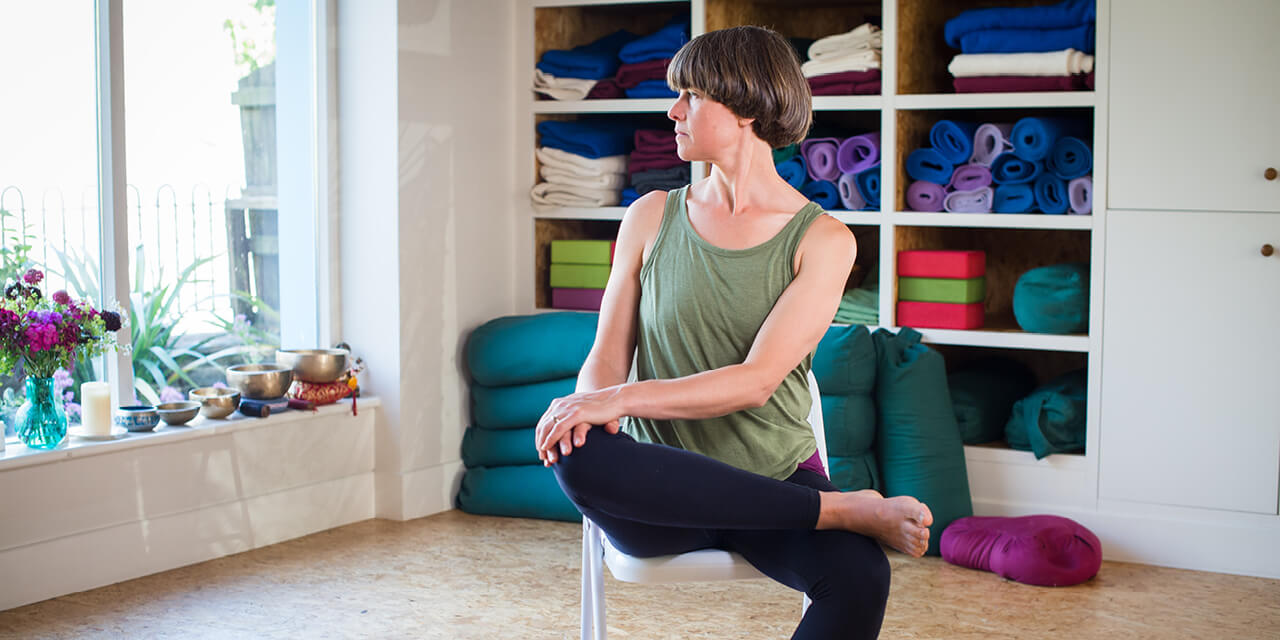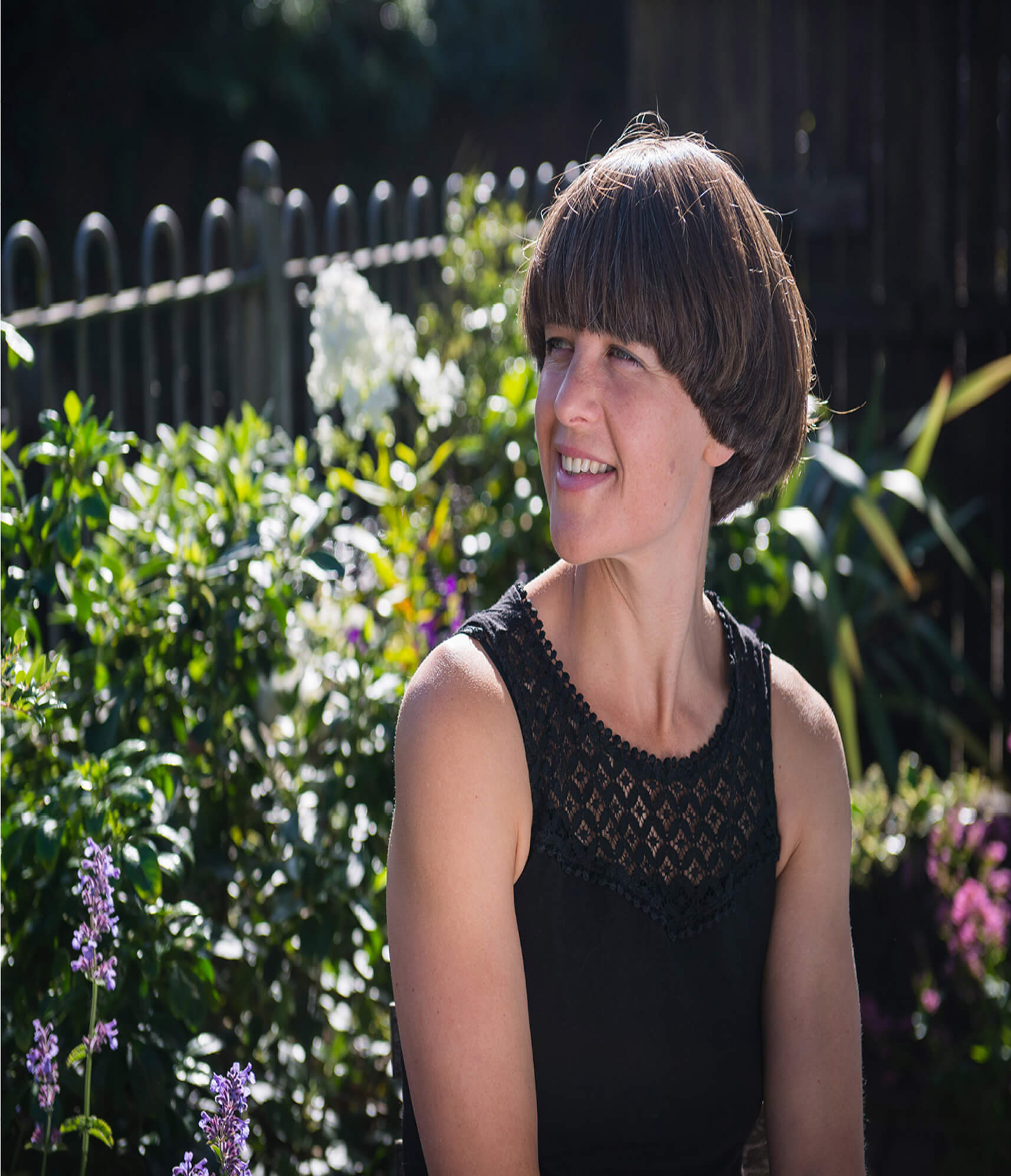Pigeon pose and how being comfortably uncomfortable can help you deal with pain
"Most of us spend way too much time sitting" my doctor recently said when I commented on him working from a 'standing desk'. He uses it because apparently sitting is the new smoking!
There are loads of health problems caused by sitting, and back problems are up there at the top. Pigeon pose is a simple stretch you can do while sitting to release tight hip flexors, which when looser, will release tightness and pressure in the lower back.
Pigeon pose has a bit of a bad rep in yoga, because it's so uncomfortable. You can hear the groans round the room when I say we are going to spend a few minutes stretching in pigeon. The reason that we keep repeating these challenging, uncomfortable stretches is because the benefits go way beyond releasing your tight lower back.
The intensity of pain that comes with injury, medical conditions, grief, heartbreak and loss, is something that we all dread and we do everything in our power to avoid.
So much of our modern life is set up to insure that we don't have to encounter pain.
But unfortunately no matter what scientific advances there are, we will all, at some point, have to deal with pain. What yoga offers are practices that can help, not to remove pain, but to learn how to deal with it. To manage and even transform and change the most painful experiences into opportunities for growth. The tools for doing this are - your breath and your awareness.
Your first natural reaction to discomfort and pain is to try and make it stop.
But the thing about pain is that it always passes. The fear and tension we create in our minds about how bad the pain is, really is worse than the pain itself. Whether physical or emotional it is always possible to breathe through the sensations and watch them pass. With practice you can get better and better at doing this until your tolerance increases and you have less and less fear of pain.
Pain tolerance is not something you're born with, it's something you learn. It's our fear of pain that determines the amount of pain we actually feel. So the stretches in yoga that take you to the edge of pain are where you get to practice.
Go towards instead of away from the strong sensations you feel in this stretch. Practice slowly deepening and directing your breath into the strongest and most uncomfortable thing you are feeling. To direct your breath into your body, you use your imagination, and it works! Imagine your breath has long fingers or tenticles, and each exhale is those fingers reaching into the pain and tension and unknotting it. With each exhale you relax all the surrounding muscles in your body to assist in this. Especially places like your shoulders, neck and jaw which always tense and tighten around fear of pain.
Around a minute is usually all you need to feel some of the pain and tension releasing. As you keep practicing this you will become more confident in your tolerance and your muscles will loosen. But most important of all you are building an internal resource for dealing with and not fearing life's most challenging and painful situations.
This is the real gift of a yoga practice because life is made of light and darkness.
Pain is the shadow of Joy
Anger is the shadow of Gratitude
Grief is the shadow of Love.
And life is a colourful mix of them all.
In each challenging moment remember you were built to feel this, feelings always pass and you have your breath to help you every step of the way.
Jessica’s blogs and videos are published the first week of every month, you can watch her yoga series here







